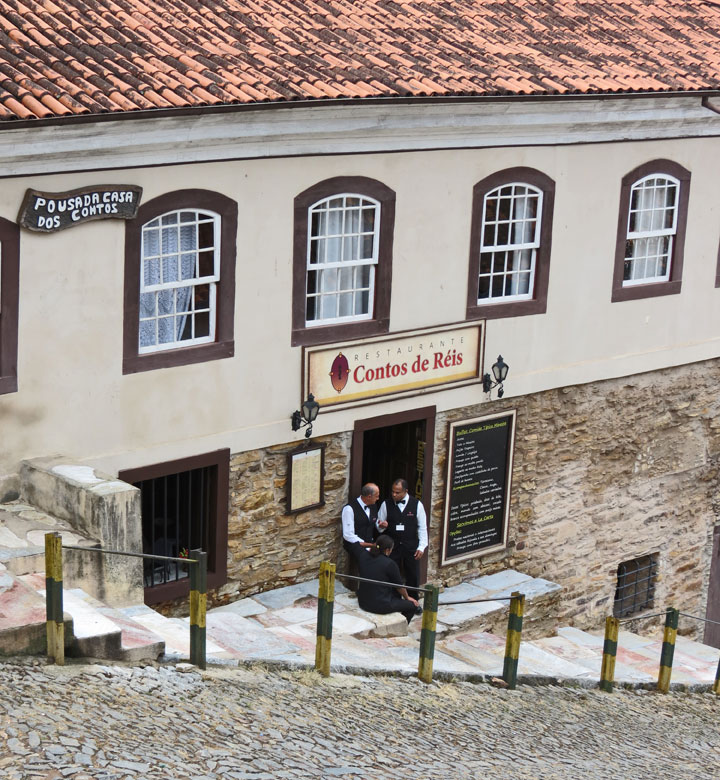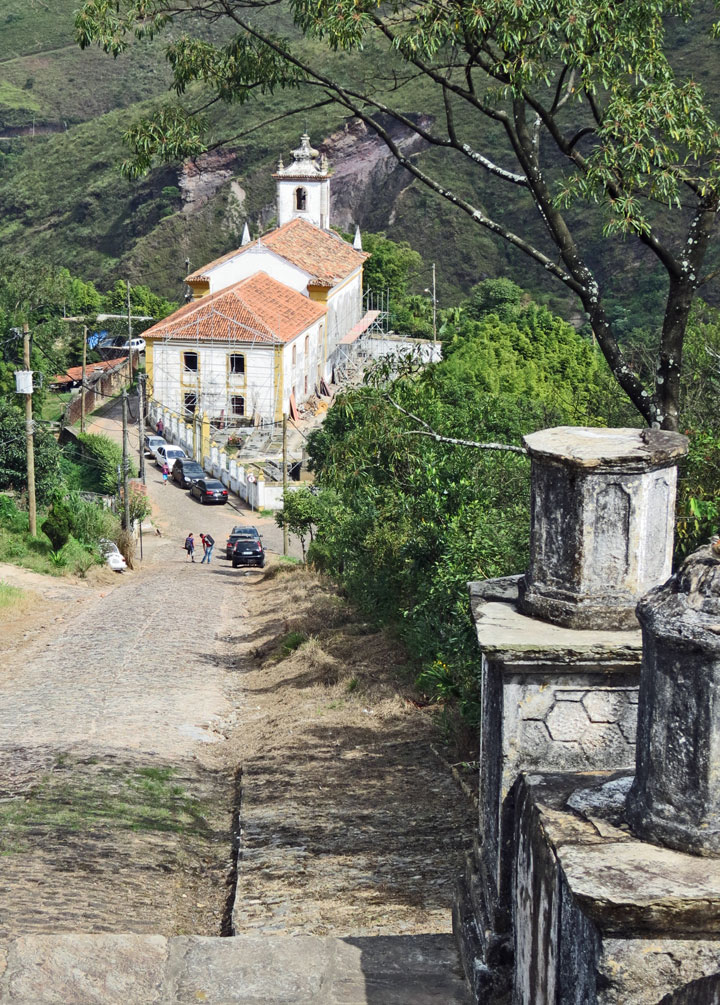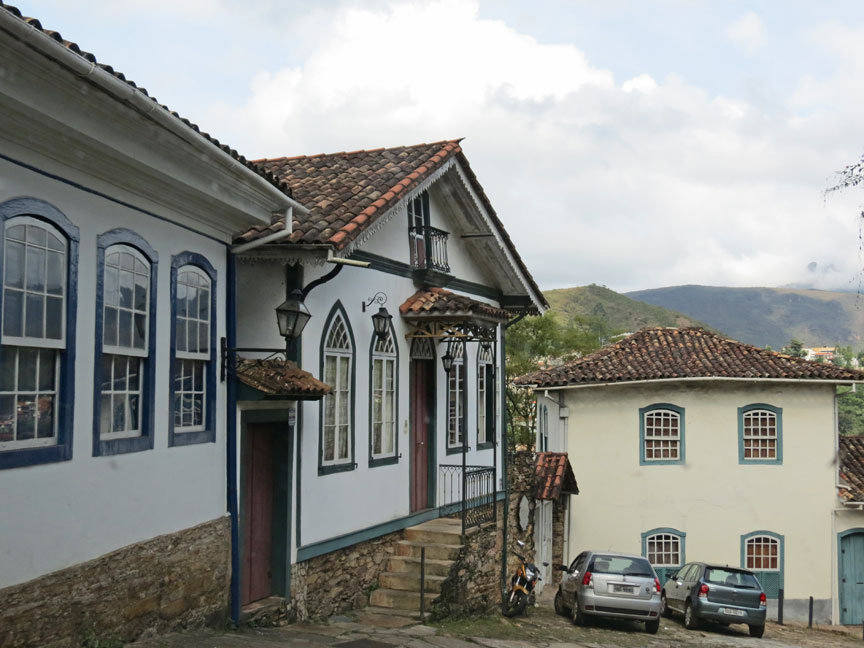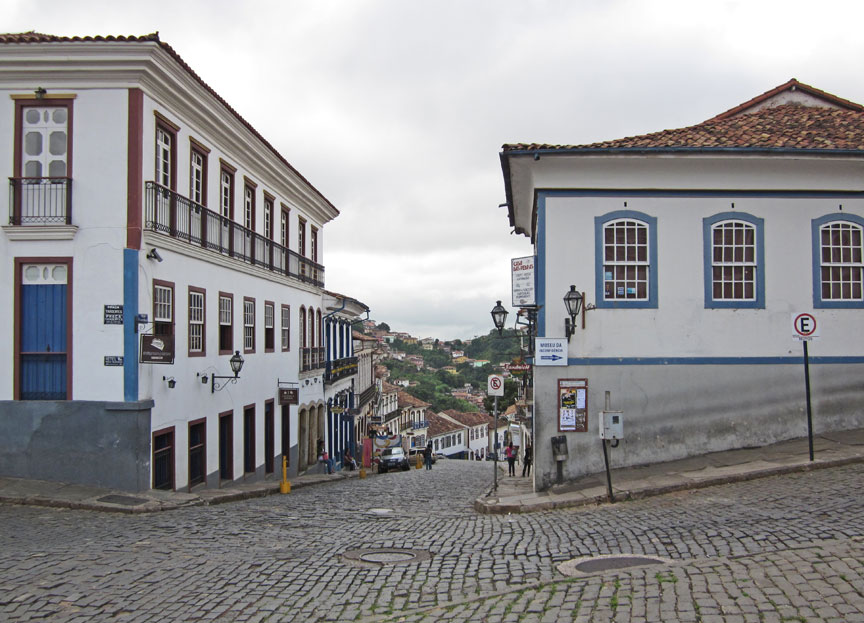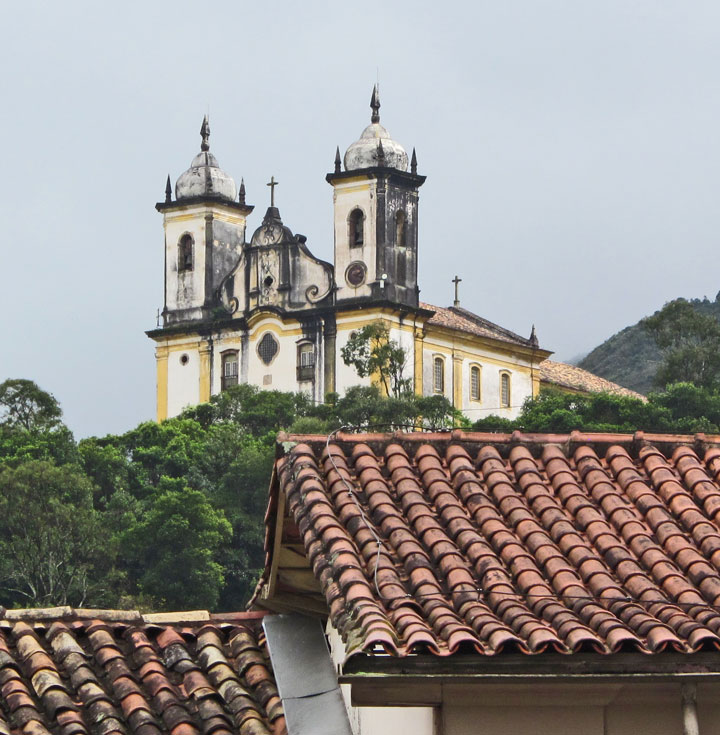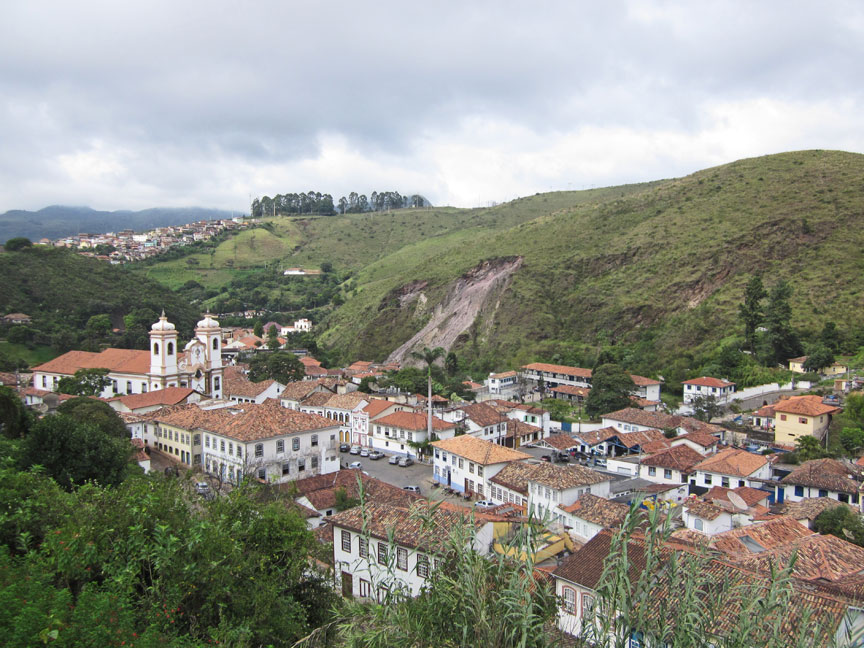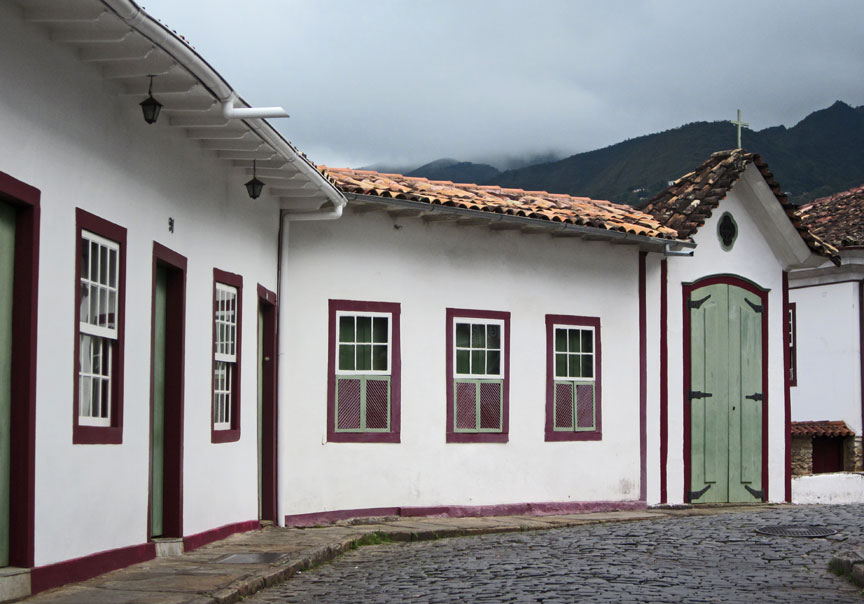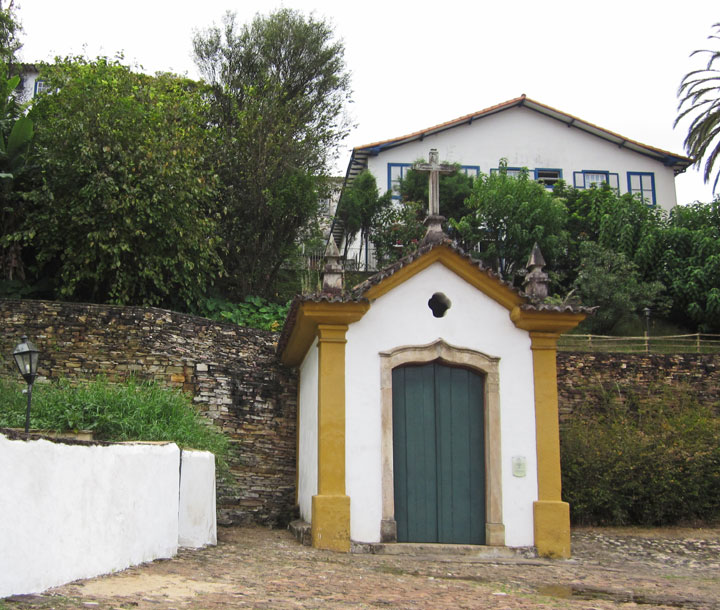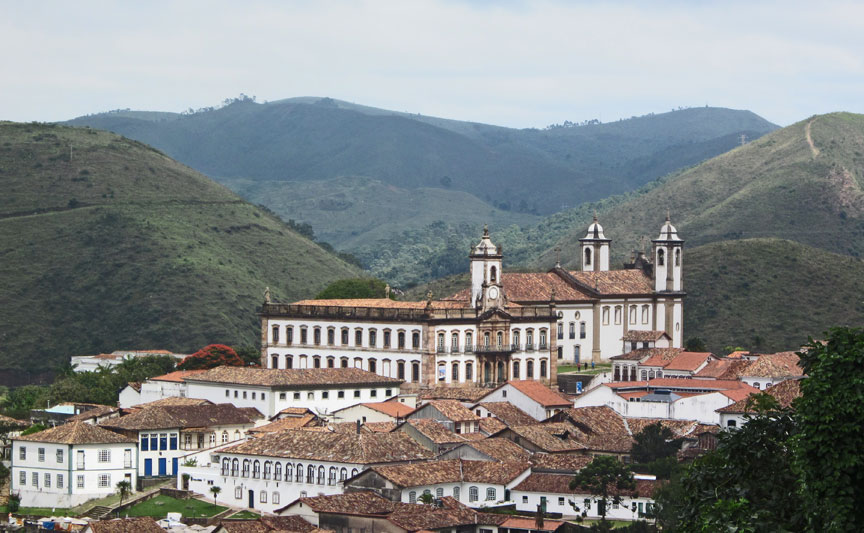

Ouro Preto

Ouro Preto
Founded at the end of the 17th century, Ouro Preto (meaning Black Gold) was originally called Vila Rica, or "rich village", the focal point of the gold rush and Brazil's golden age in the 18th century under Portuguese rule.


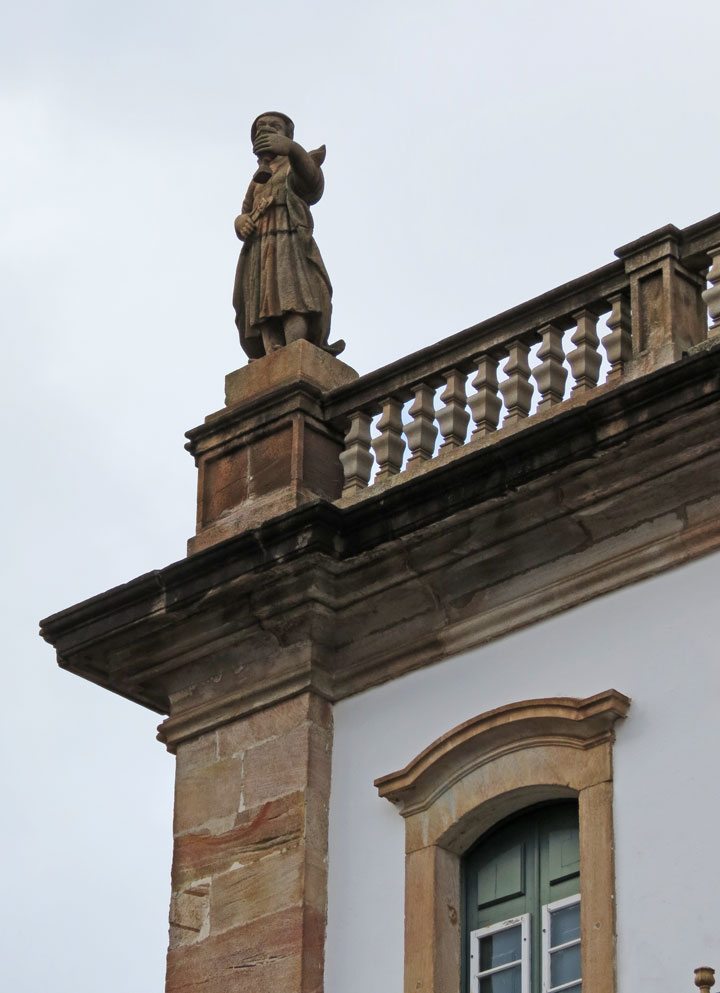
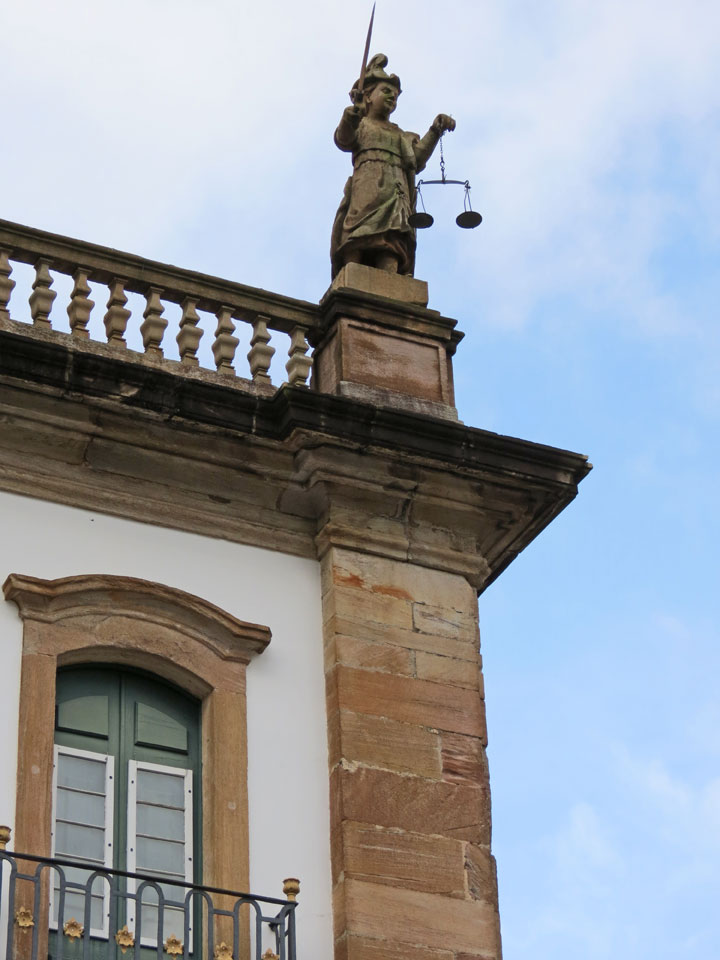

The city contains well-preserved Portuguese colonial architecture, with few
signs of modern urban life. Modern construction must adhere to historical
standards maintained by the city. 18th- and 19th-century churches decorated with
gold and the sculptured works of Aleijadinho make Ouro Preto a prime tourist
destination.
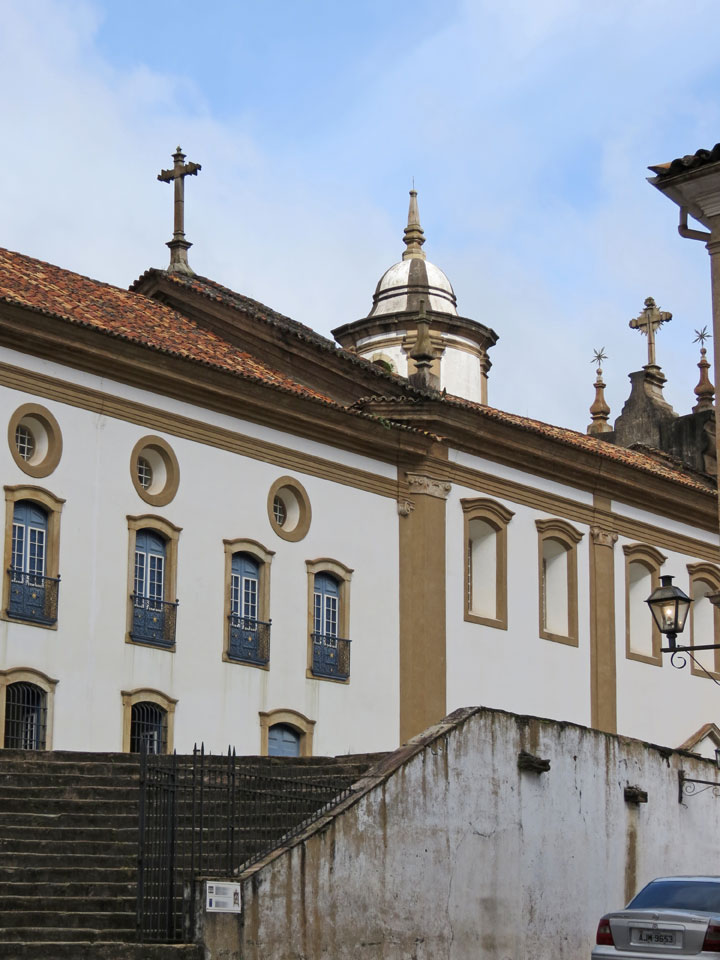
The tremendous wealth from gold mining in the 18th century created a city which
attracted the intelligentsia of Europe. Philosophy and art flourished, and
evidence of a baroque revival called the "Barroco Mineiro" is illustrated in
architecture as well as by sculptors such as Aleijadinho, painters such as
Mestre Athayde, composers such as Lobo de Mesquita, and poets such as Tomás
António Gonzaga.
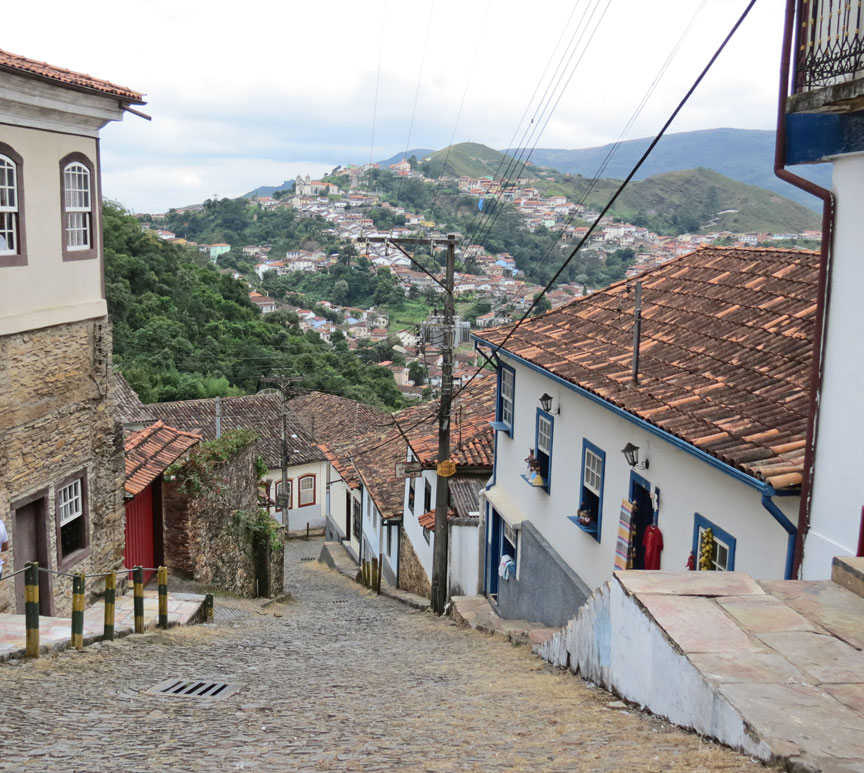
In 1789, Ouro Preto became the birthplace of the Inconfidência Mineira, a failed
attempt to gain independence from Portugal. The leading figure, Tiradentes, was
hanged as a threat to any future revolutionaries.
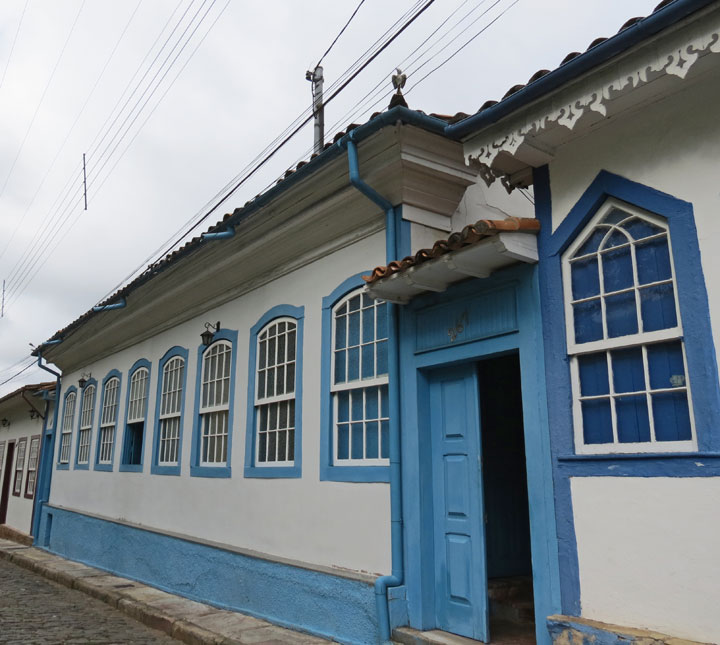
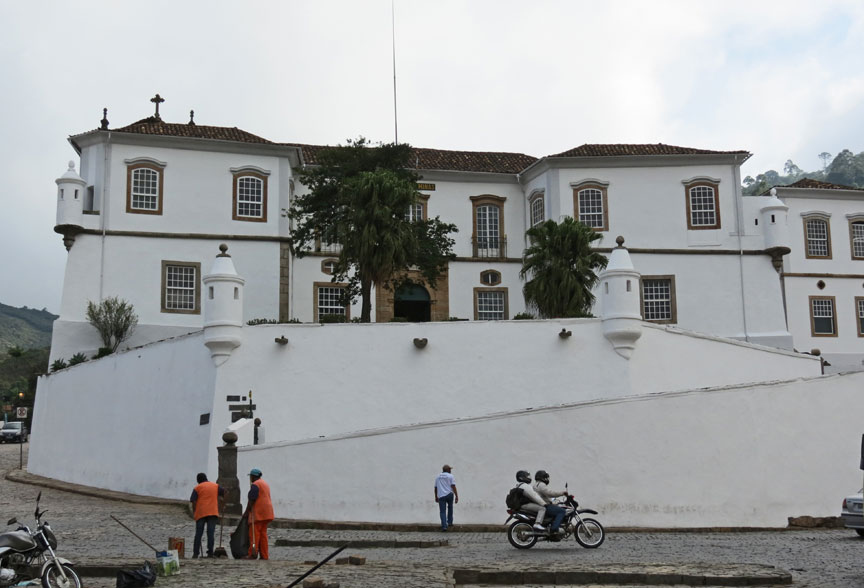
former school of mines
In 1876, the Escola de Minas (Mines School) was created. This school established the technological foundation for several of the mineral discoveries in Brazil.
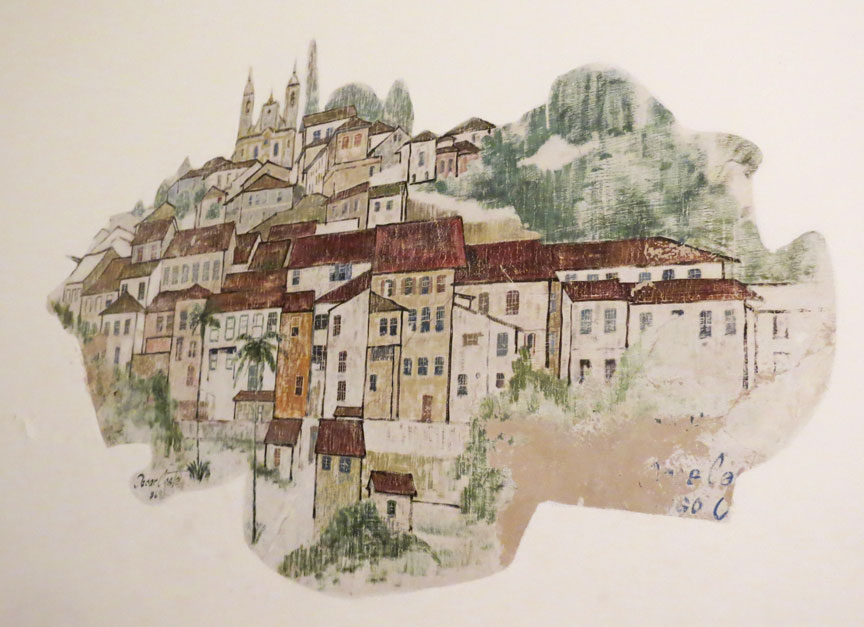
Ouro Preto was capital of Minas Gerais from 1720 until 1897, when the needs of
government outgrew this town in the valley. The state government was moved to
the new, planned city of Belo Horizonte.
Text from Wikipedia
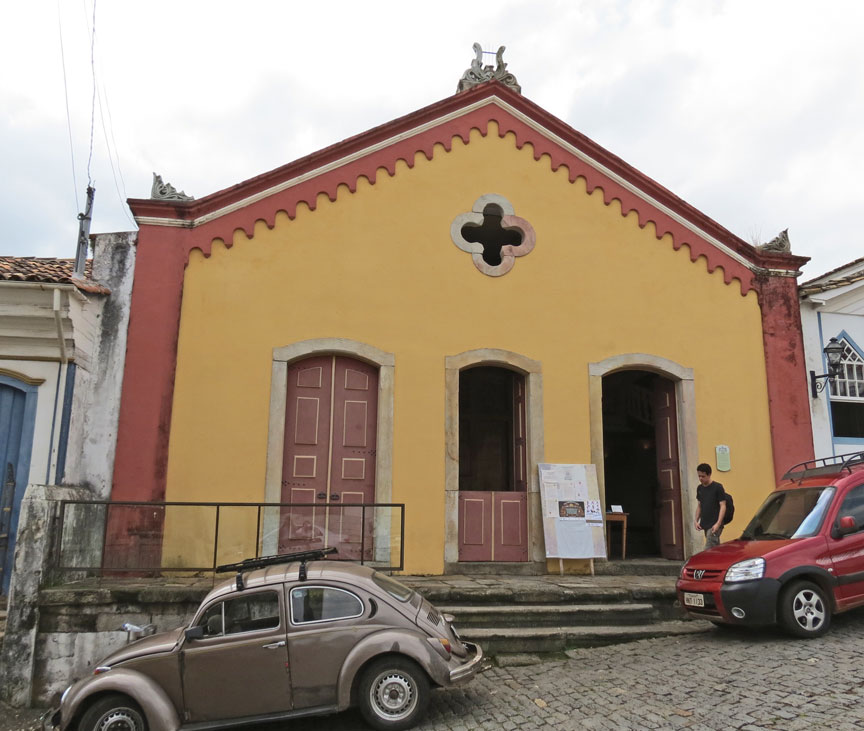
Opera House
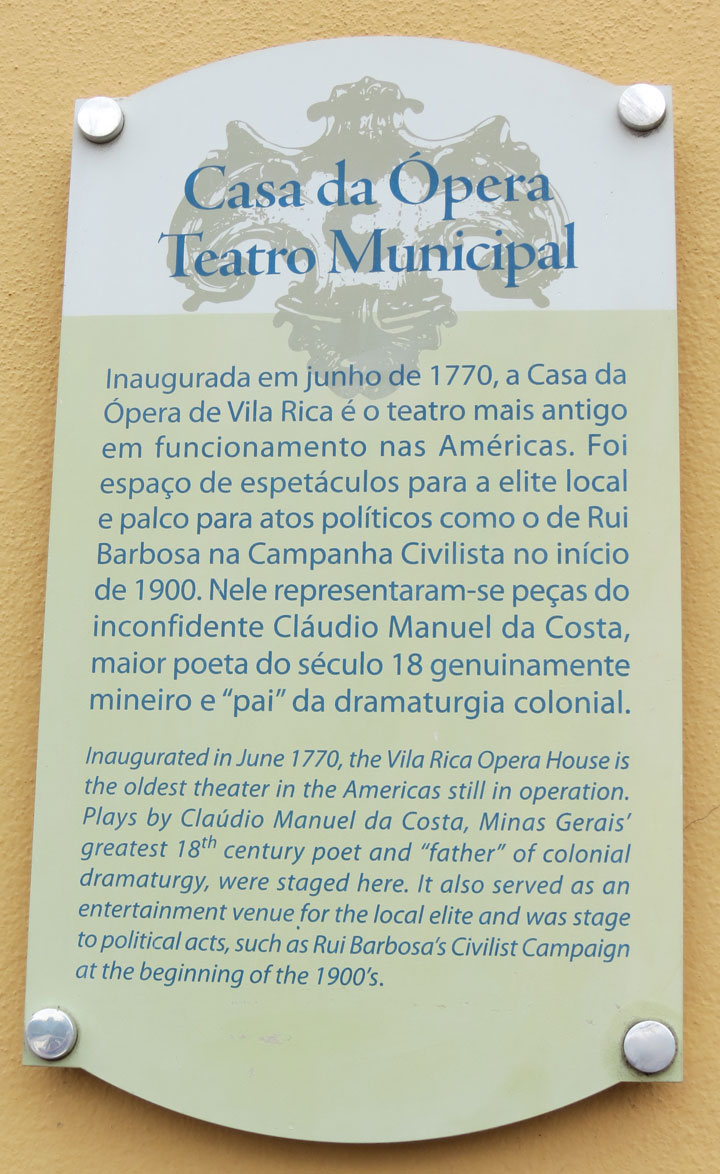
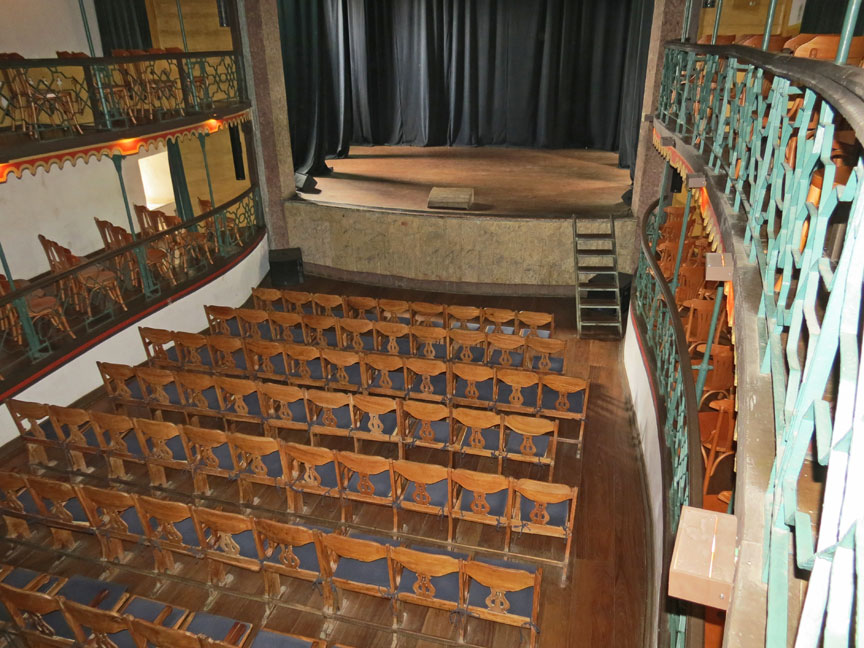
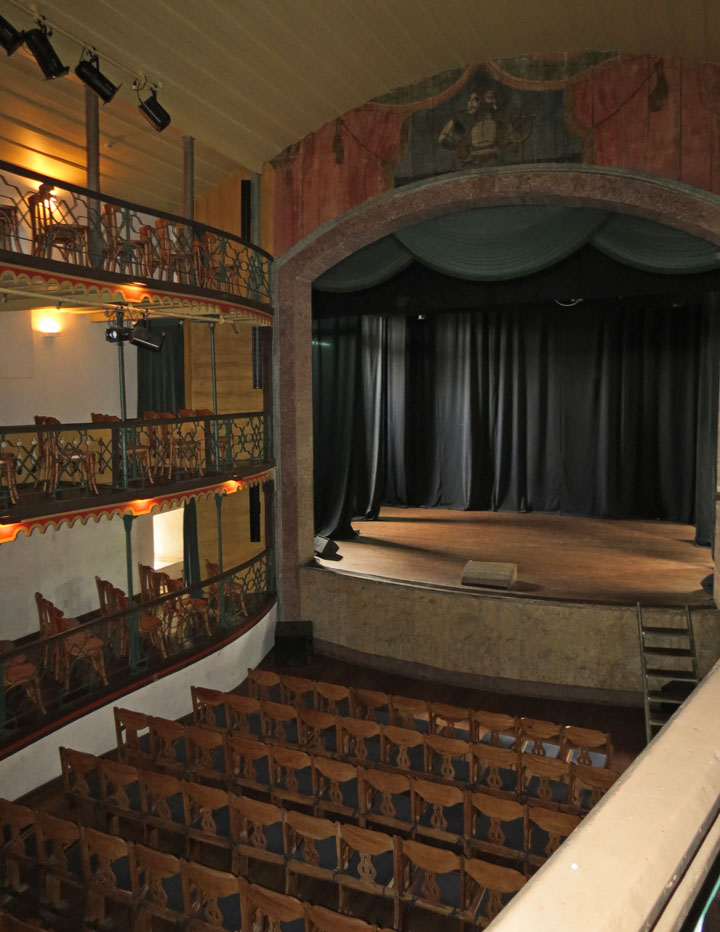
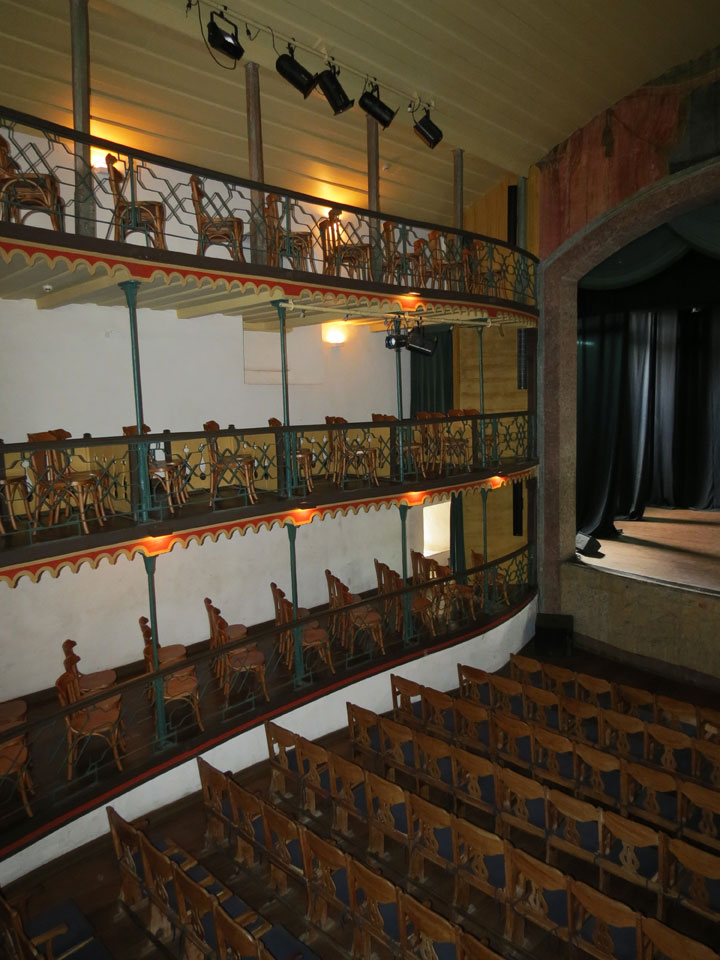
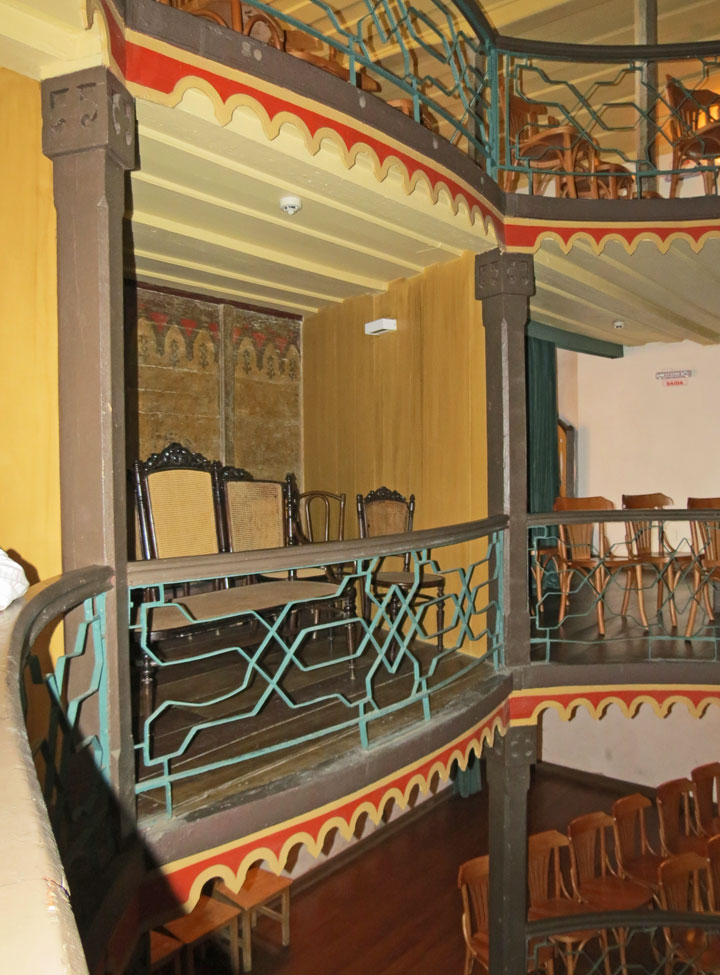
Royal Box

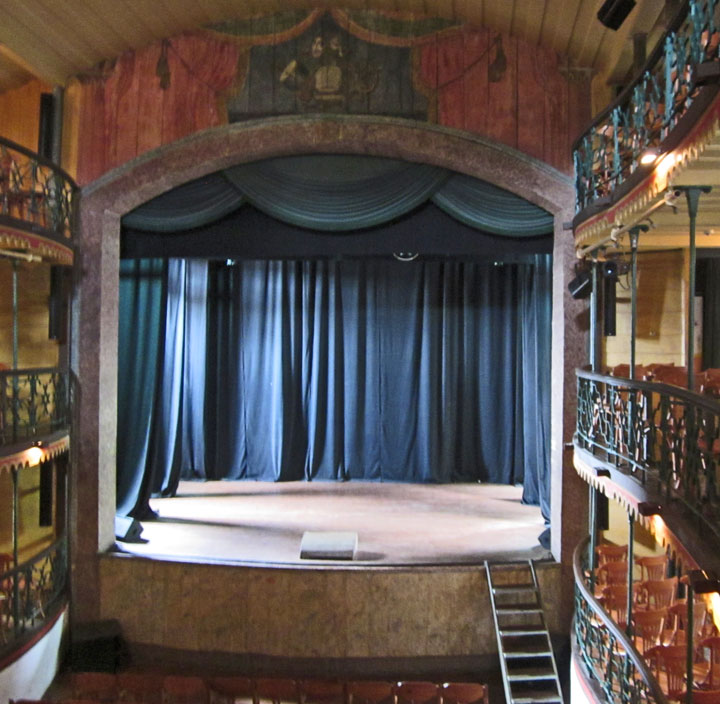
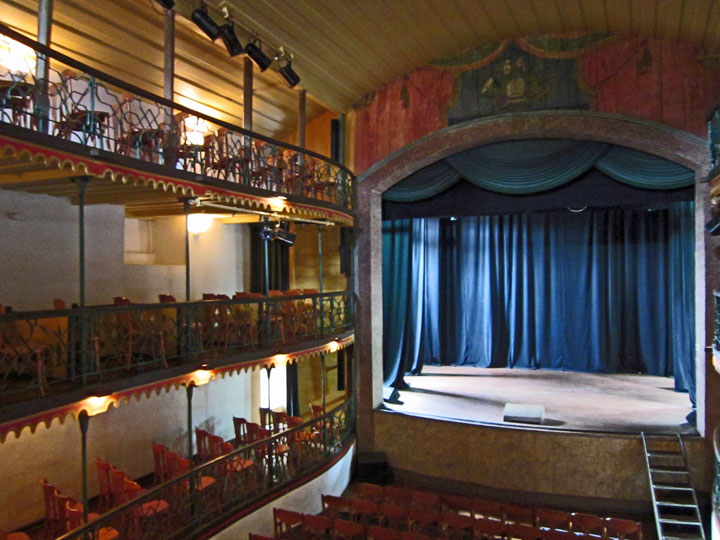
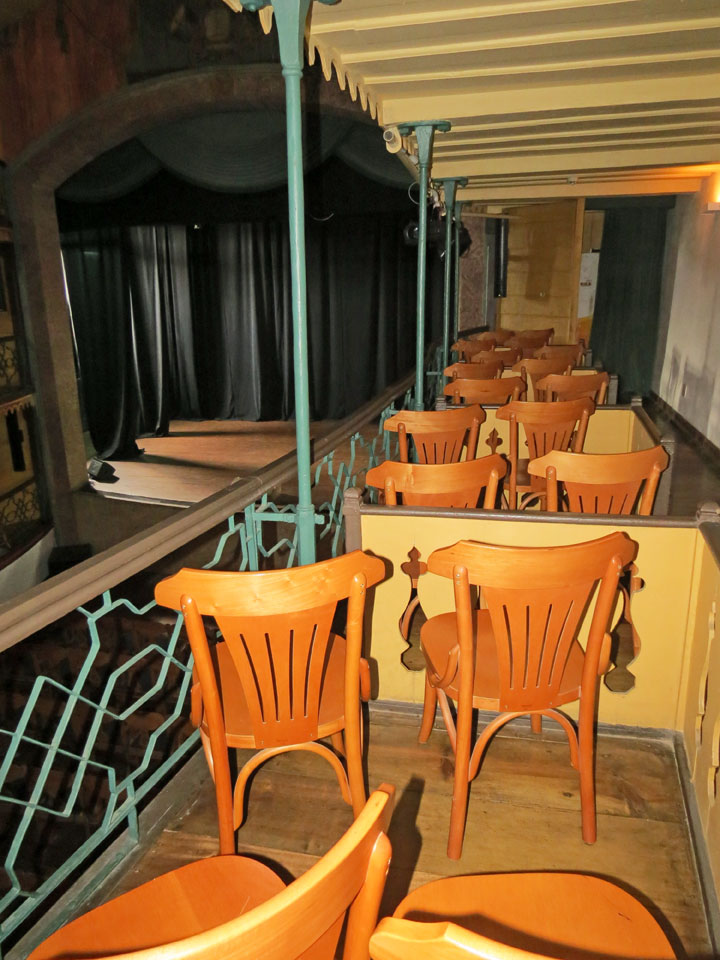


coming production
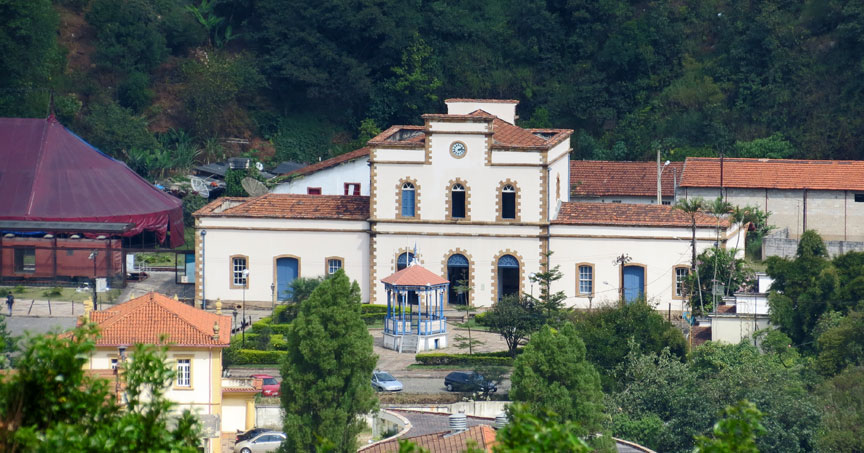
train station
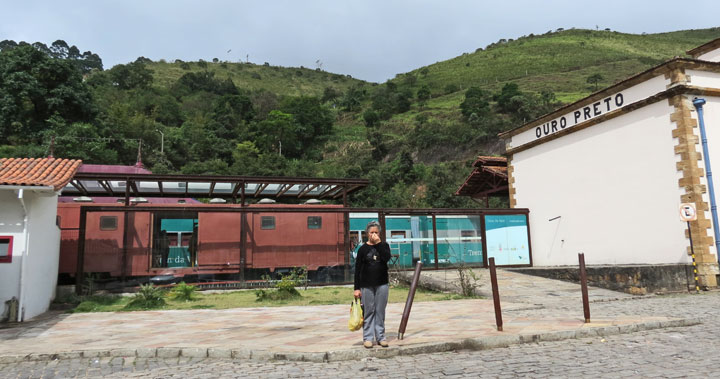
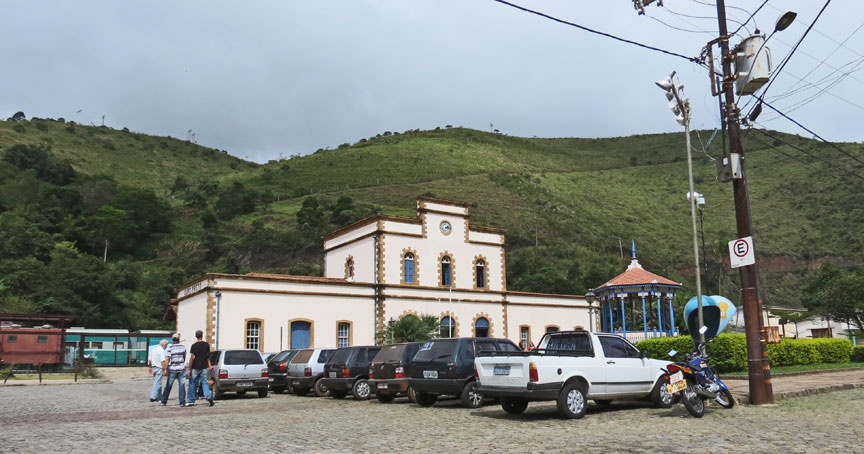

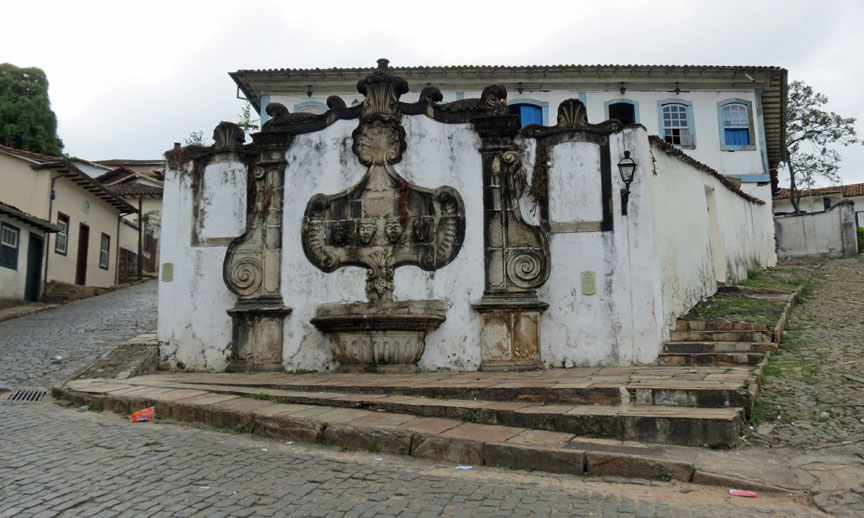

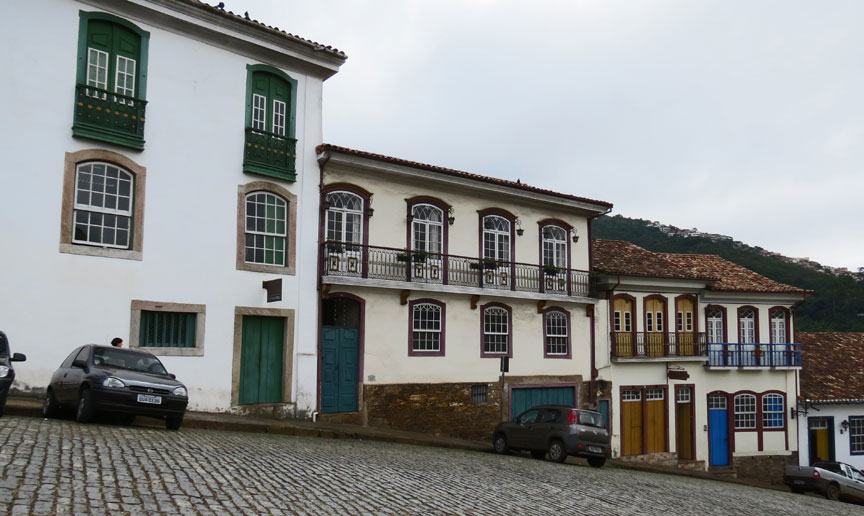
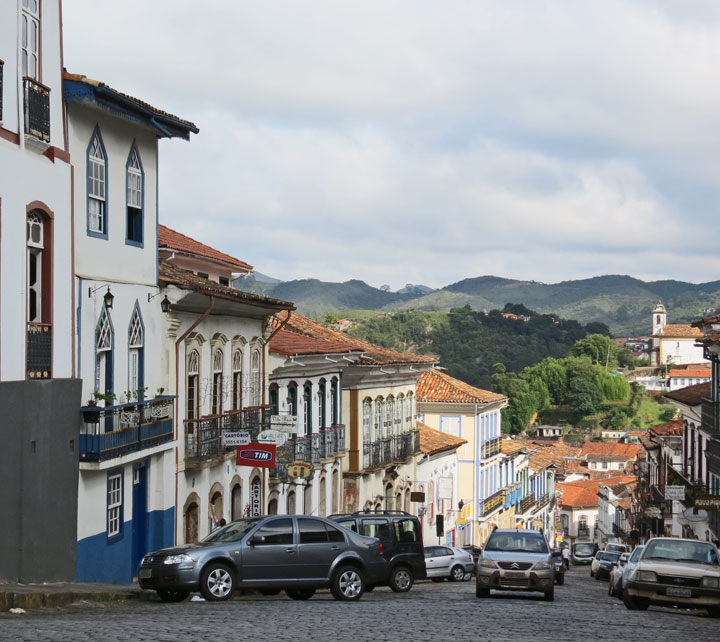
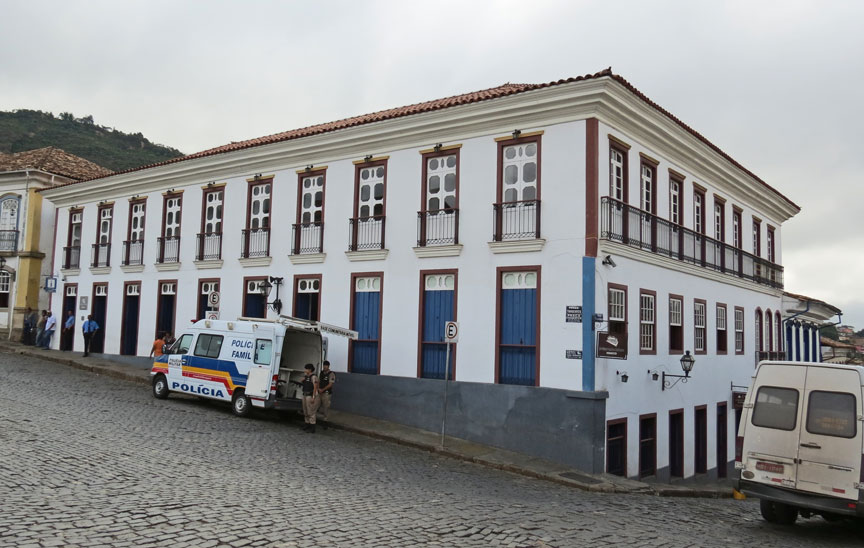
upper story was restored, after a
fire
note the different color corner strips
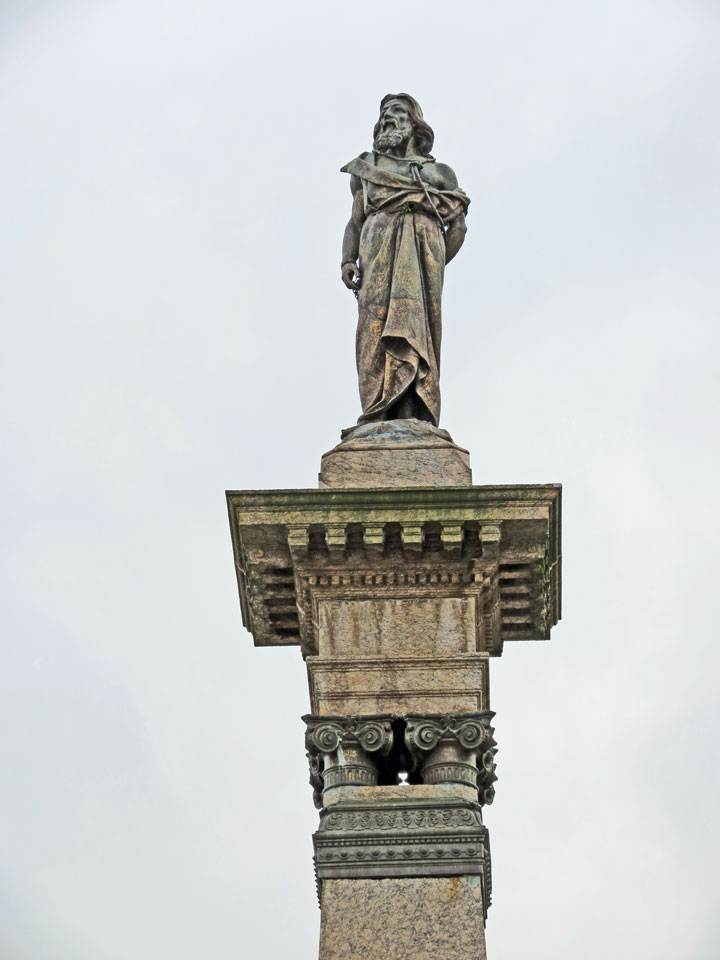
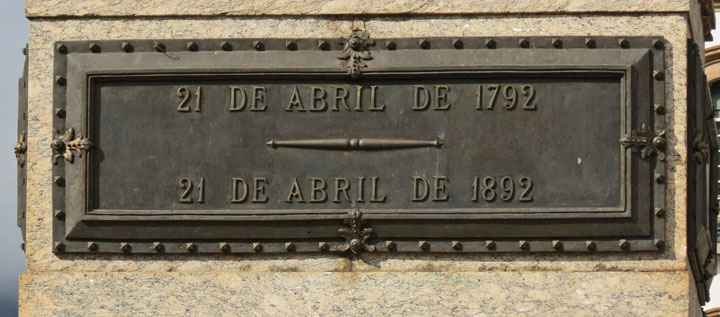
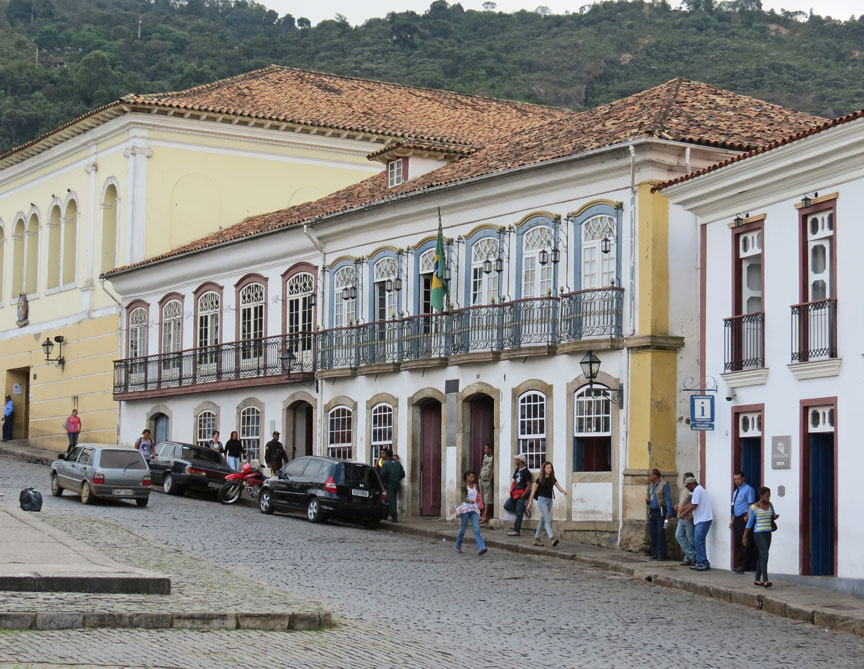
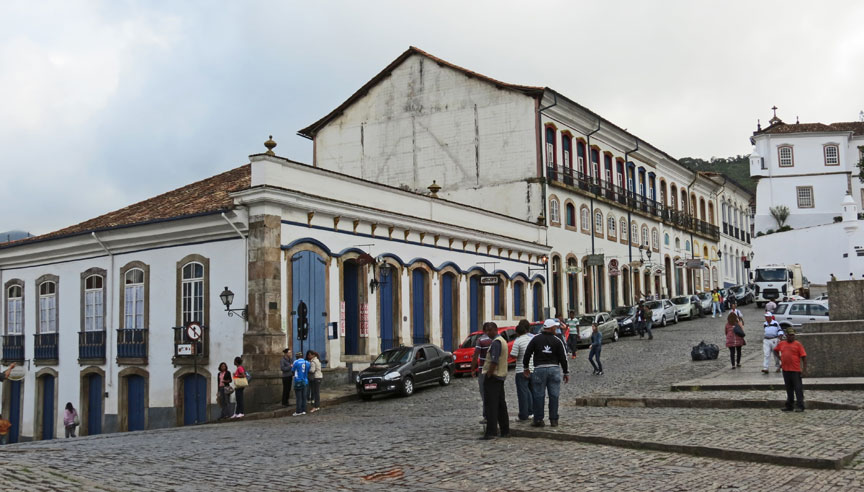
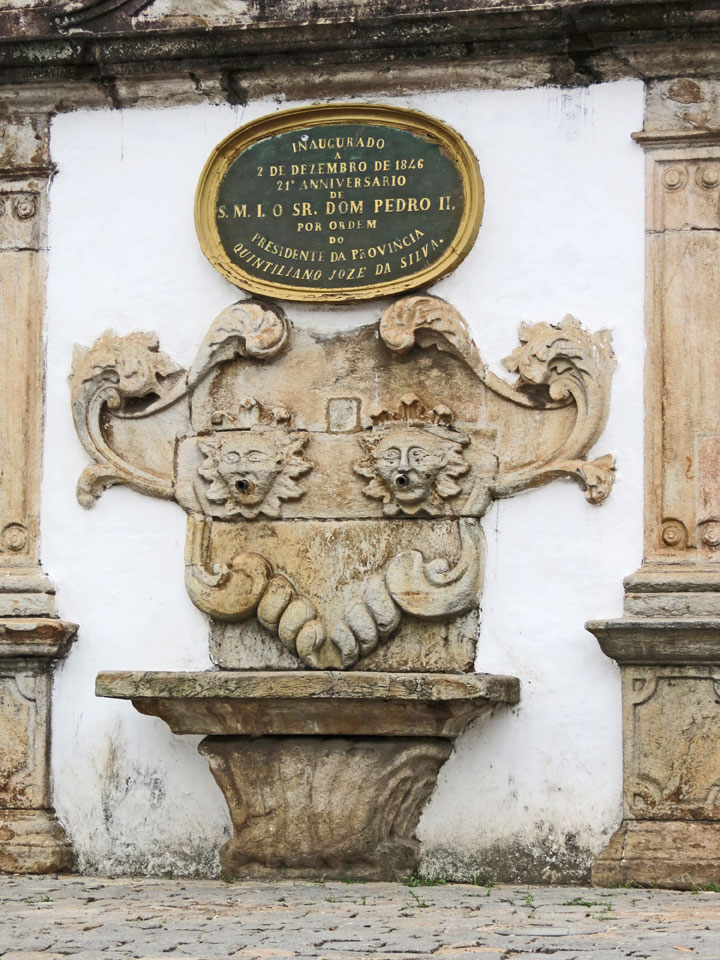
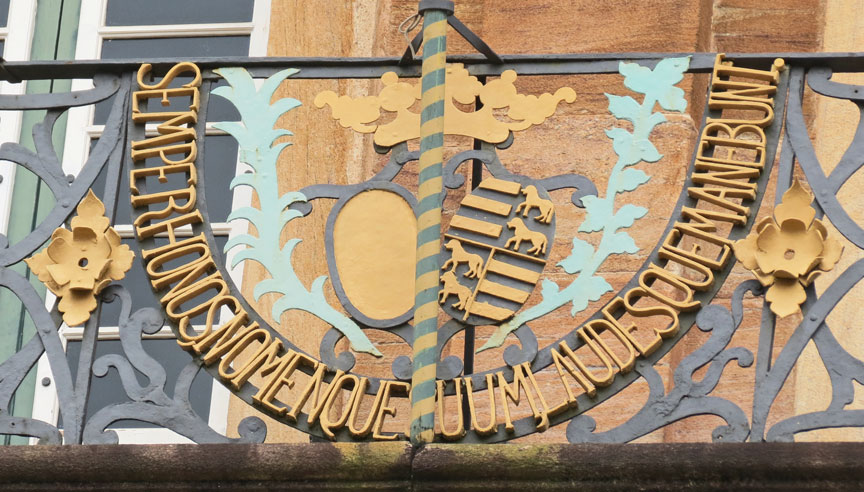
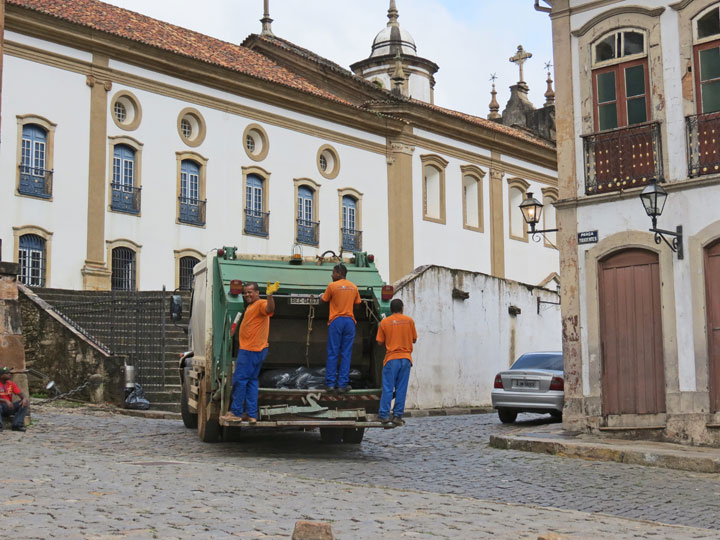
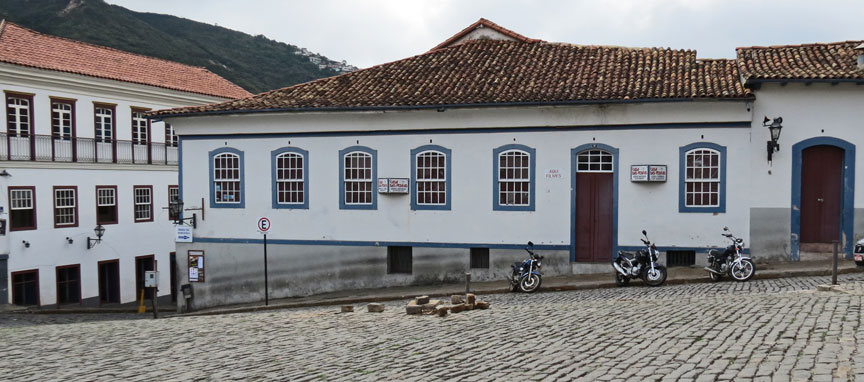
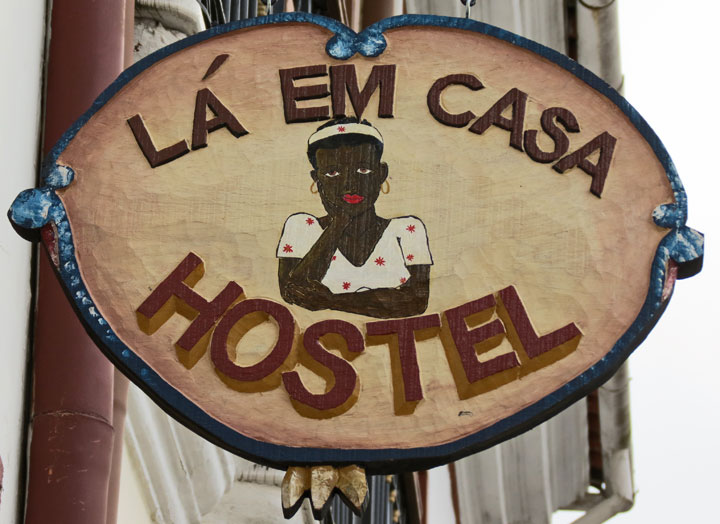
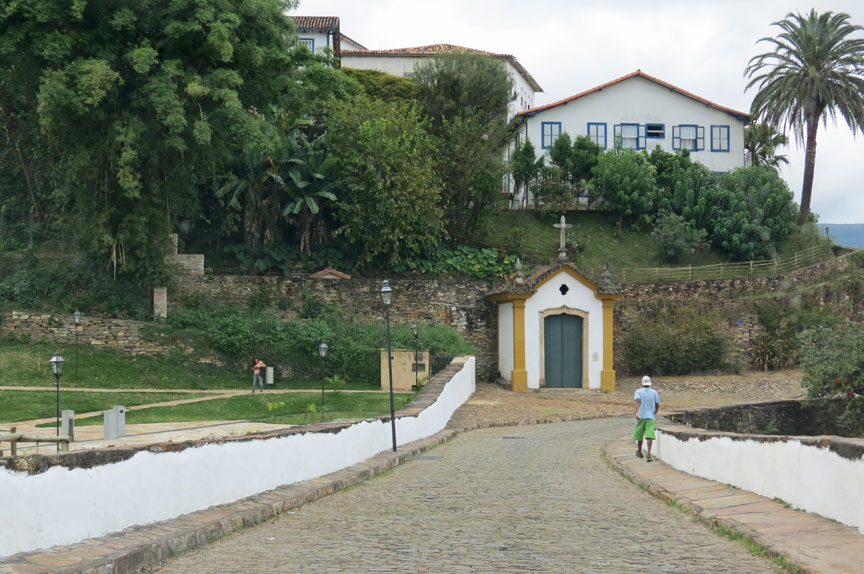
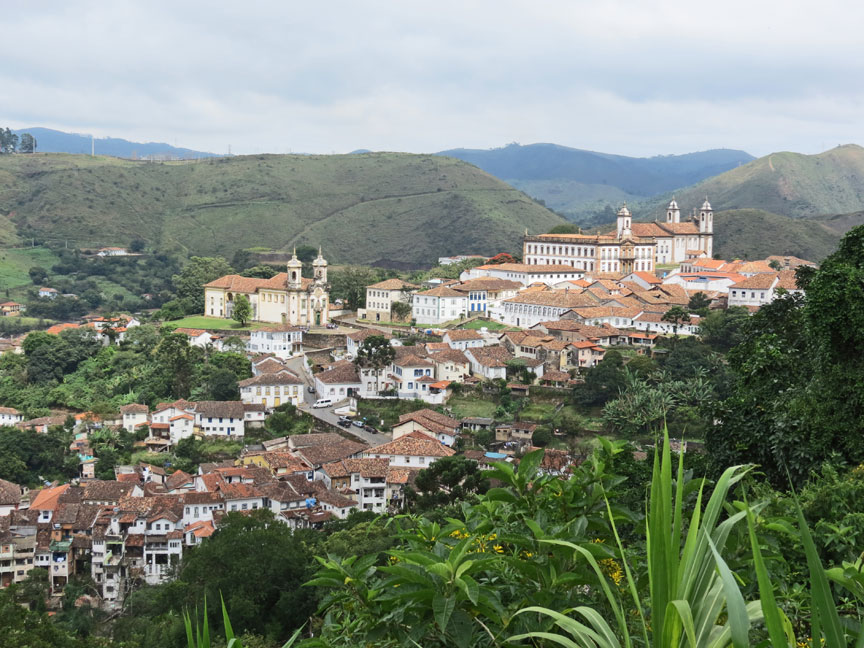
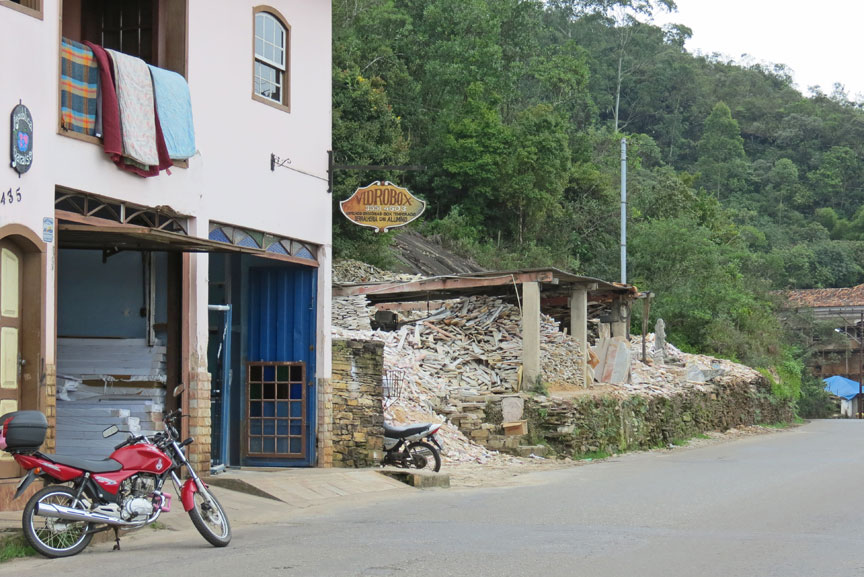
stone cutting shop
